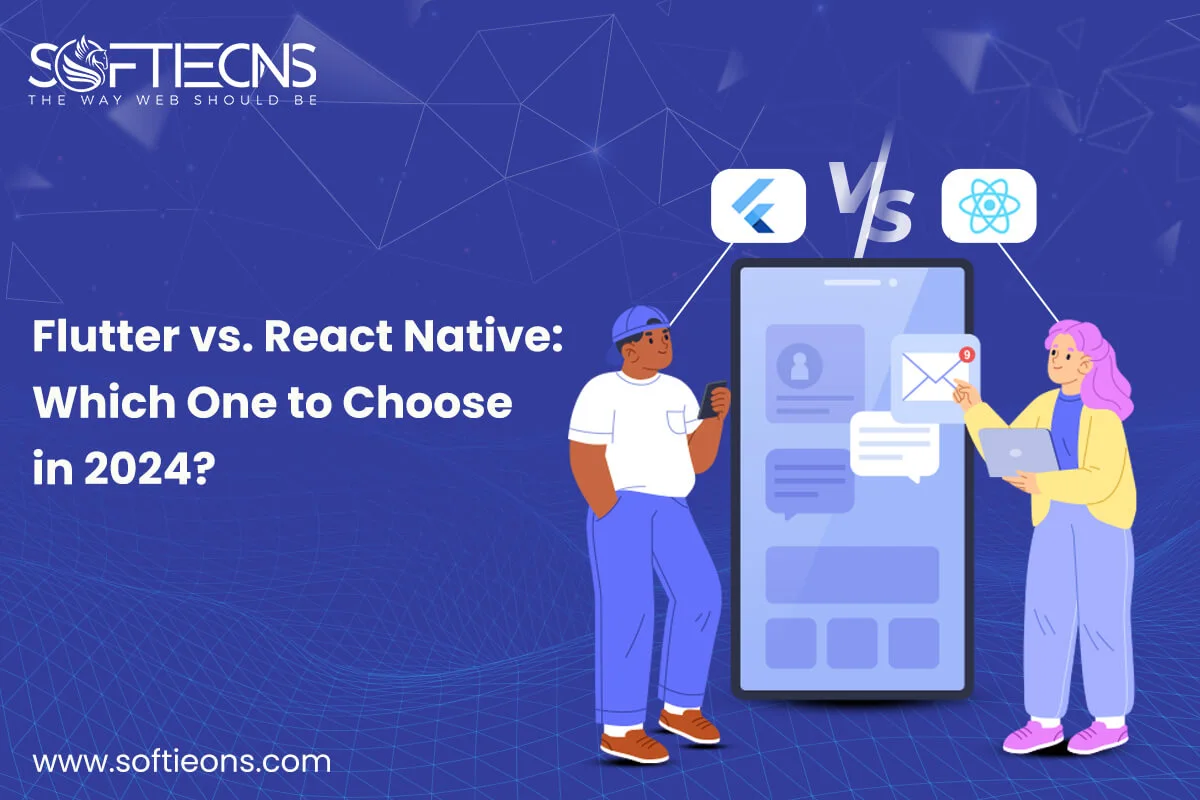How to Develop a Seamless Speech User Interface
Fri, 09 Apr 2021
So, as an inspired designer, if you’re as excited as I am and want to give a chance to the voice-based AI, then you need to fine-tune your skills and knowledge on how to design voice user interfaces. Fortunately, you stumbled at the right article. Here is everything you’d like and need to know about VUI.
Voice user interface or VUI is the interface that allows users to use voice commands to interact with a system. Google Assistant, Siri, and Amazon’s Alexa are among the most popular and top voice user interface examples.
VUIs have the greatest benefit of promoting an eye-free and hands-free way of communicating with a program. Similar to mobile apps running on any OS and system, VUI has three layers that need to work together to effectively communicate with the voice. Each of the three layers here uses the layer below it, thus promoting the layer above. This is the upper two layers where the voice interface resides in the cloud, not on the computer.
Reasons Why Voice Is Becoming Famous
- Speaking is more natural than typing
- Helps technology be prevalent
- Moore’s law
- More practical for specially-abled
Difference between Voice and Other Forms of UI
Since we have different types of user interfaces available, understanding the different points between them will enable the VUI to be viewed in greater depth.
- Speed
- Text vs. natural language vs. gestures
- Privacy
Steps for Designing the Voice User Interface
- Research your audience
- Define
- Create a prototype
- Test your product
- Refine
Design Guidelines for Voice User Interface
- Don’t wait for users to ask first
- Keep the list of action options short
- Keep it simple and short
- Let users know they are being heard
- Confirm when the task is done
Challenges of Designing VUI
- Privacy and Security
- Convey what Voice assistants can’t perform
- Difficulty in prototyping and testing
- Support of language
POPULAR POSTS
Shopify vs. WordPress: Which one is best for e-commerce?
Wed, 07 Apr 2021Role of IoT in the Real Estate Industry
Wed, 14 Apr 2021Why UX And UI Is Important For Mobile Application Development
Sat, 01 May 2021Telemedicine's Advantages in Nursing Homes
Fri, 24 Dec 2021RECENT POSTS
Flutter vs. React Native: Which One to Choose in 2024?
Mon, 22 Apr 2024Exploring the Benefits of Professional Website Design Companies
Fri, 29 Mar 2024Understanding The Role Of Web Design Firms
Fri, 22 Mar 20245 Benefits Of Using Angular For Your Web Development
Tue, 05 Mar 2024









